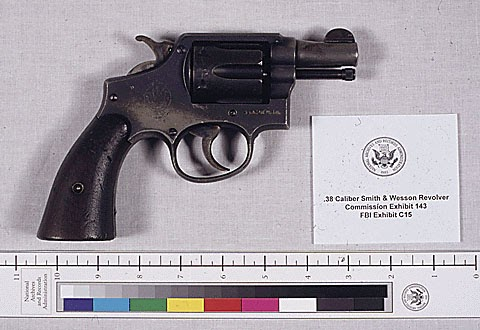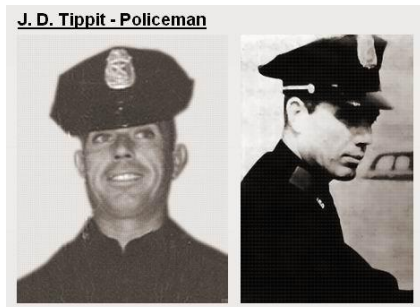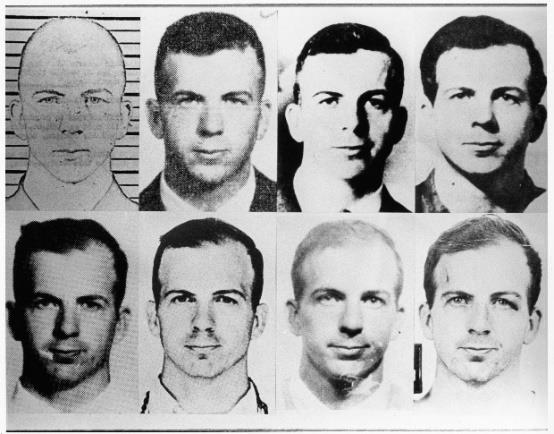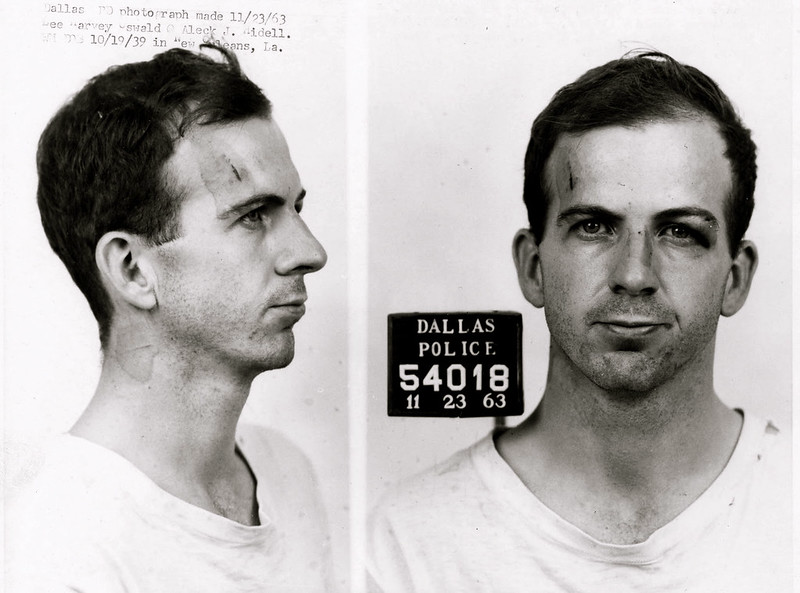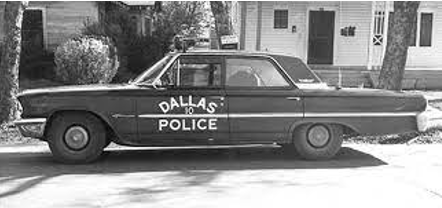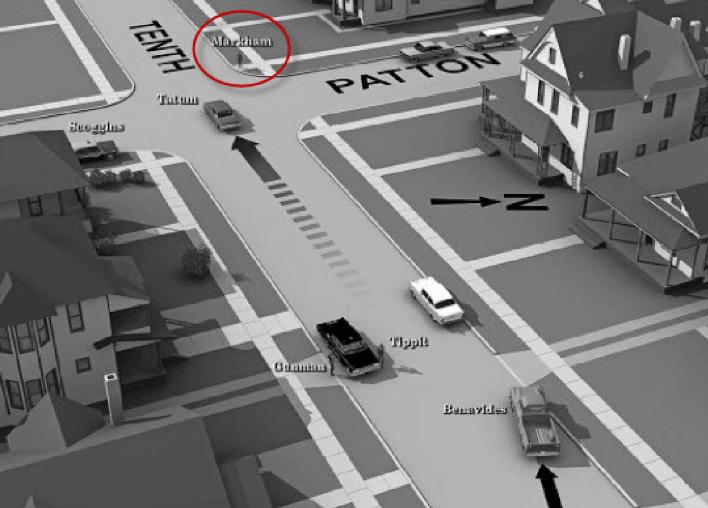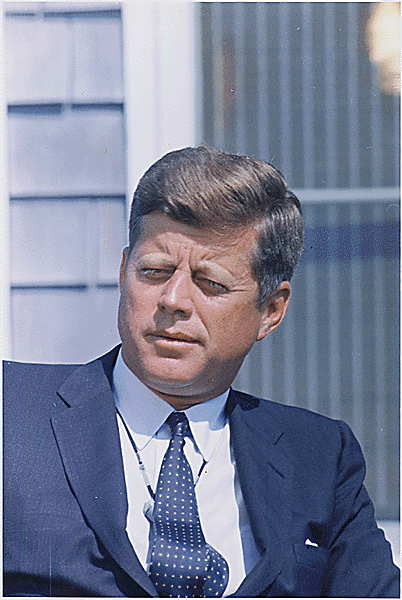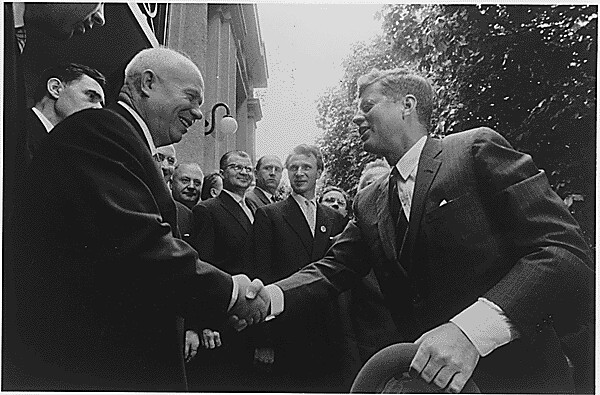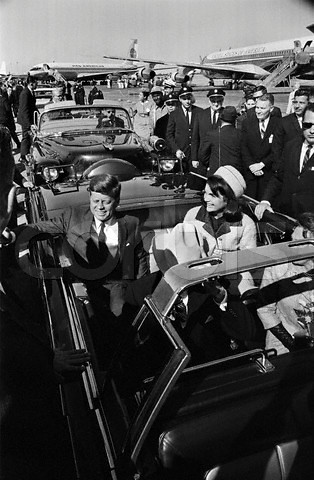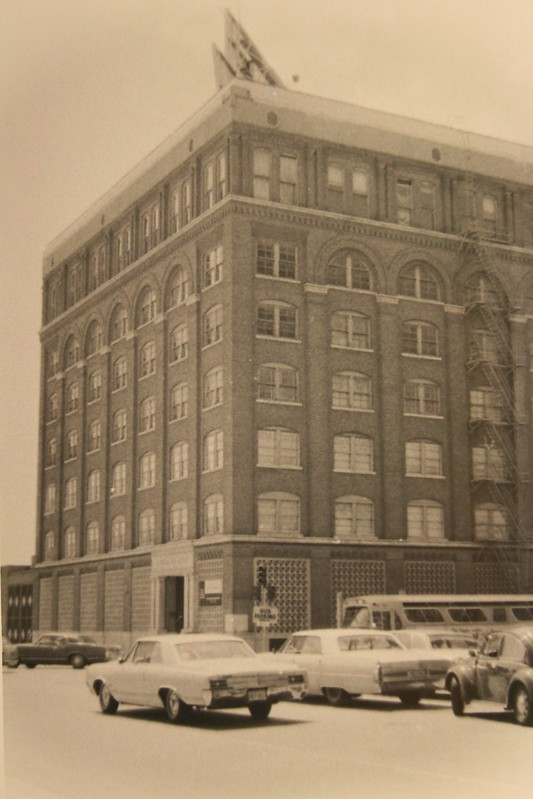- Jake Fernandez
- Blogs
- Hits: 118
Did Lee Harvey Oswald Buy the .38 Smith & Wesson Pistol?
The official narrative will have you believe that Lee Harvey Oswald murdered Officer J.D. Tippit while fleeing shortly after assassinating President John F. Kennedy. While the latter theory is full of holes that we have identified in the last few decades, we have only just begun to unravel the former.
Click here, or keep reading to know why Oswald couldn’t have owned the .38 Smith & Wesson Pistol, the alleged murder weapon used to kill Tippit.
The Dubious Purchase
Oswald's purported acquisition of the pistol is said to have occurred through an advertisement placed in an April 1963 men's adventure magazine.
According to the narrative, Oswald sent an order form and ten dollars in cash or money order to Seaport Traders of Los Angeles, requesting the pistol be shipped via Railway Express Agency (REA) to his post office box in Dallas.
However, several inconsistencies in this story raise questions about its validity.
Postal Procedures and Regulations
The US Post Office did not handle private cargo for private shipping companies like REA. Instead, the gun should have been sent to REA's facility in downtown Dallas, and a postcard notification would be sent to the buyer's post office box.
The process involved specific rules and regulations, including a certificate of good character, proof of identification, and payment of the balance owed to REA.
There is no record of a certificate of good character, no Form 5024 with proof of ID, and no testimony confirming Oswald or anyone else picking up the .38 Smith & Wesson Pistol.
Lack of Concrete Evidence
Crucially, there is no concrete evidence that these rules were followed in Oswald's case. The Warren Commission provided only a copy of a receipt, not the original, and it was not signed by either Oswald or his supposed alias, A.J. Hidell.
There is no evidence of REA ever sending a postcard to Oswald's P.O. Box, and no one witnessed Oswald or anyone else bringing such a postcard into REA.
In Essence
In essence, there are no Department of Public Safety, police, or clerk records indicating that Lee Harvey Oswald ever obtained this handgun legally. The absence of transaction witnesses and documented payments cast significant doubt on the notion that he personally ordered and received this Smith & Wesson revolver.
The evidence does not support the claim that Oswald bought this gun, an accusation he vehemently denied before his death at the hands of Jack Ruby. Nothing is perplexing, mysterious, or unsolved about the fact that he couldn’t have owned the weapon said to have been used to kill Tippit.
Read more about this case and the other events surrounding the JFK assassination on Kennedys and King, a platform that has worked tirelessly to identify the discrepancies surrounding the political assassinations of the 1960s.
Get in touch for comments and feedback.


